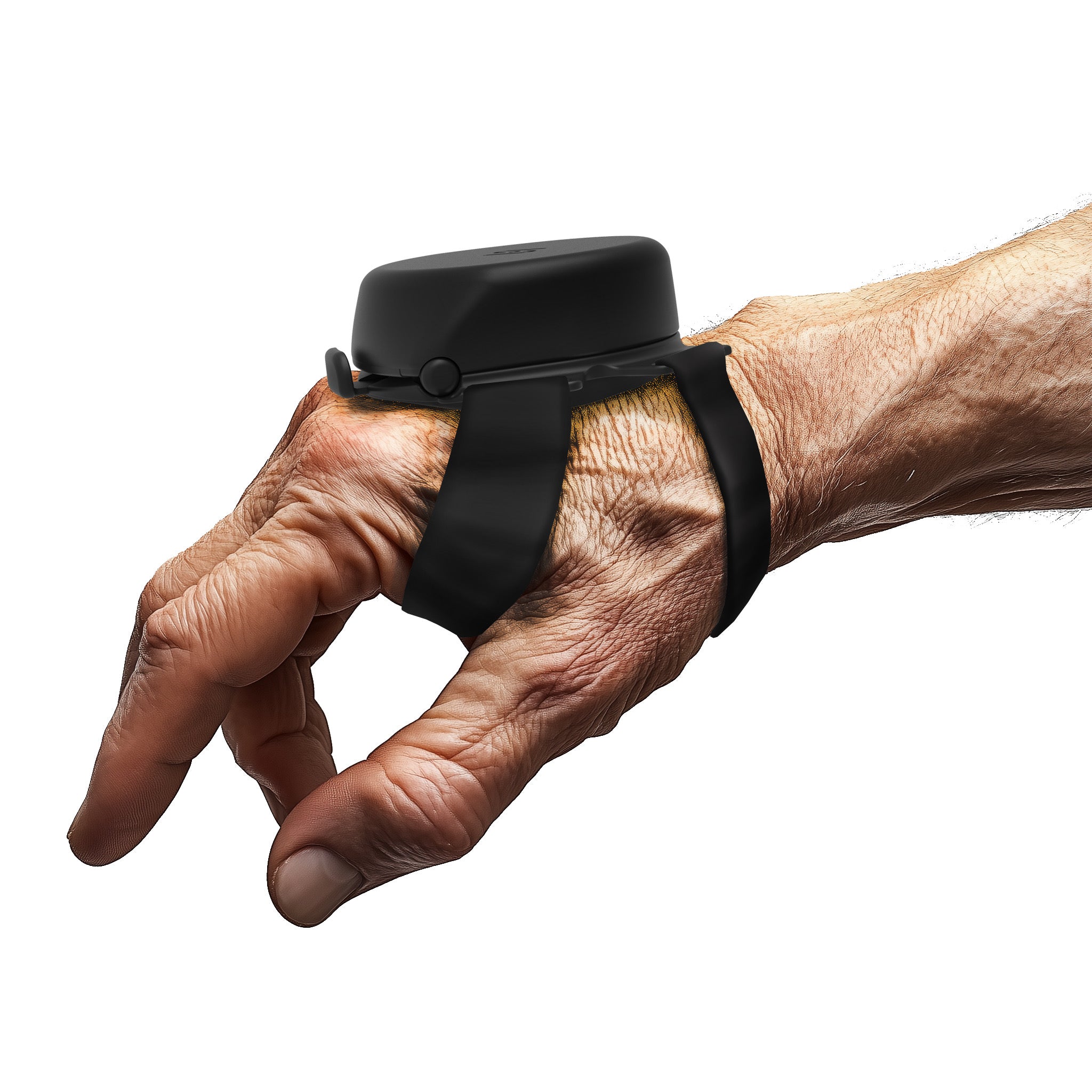Differentiating between Parkinson's disease and essential tremor is a challenge for some individuals as both neurological conditions are marked by uncontrollable shaking or tremors. Despite having similar outward appearances, they differ greatly in terms of underlying processes, development, and symptoms. Join us as we discover the differences between the two conditions from all aspects to help you avoid any mix-up in the information about them, and to learn how to deal with both of them properly.
Parkinson's vs Essential Tremors:
As we mentioned, Parkinson’s disease and essential tremors share a number of similarities, making it a bit tricky to make a correct diagnosis. Therefore, we will go through the main aspects of each one of these disorders to make the picture clearer for you.
Causes:
The inherited type of essential tremor, an autosomal dominant condition, is known as familial tremor. If one parent has a mutated gene, the illness can be inherited. If a person's parent carries the mutant gene, they have a 50% chance of developing essential tremor. Although the exact cause of essential tremor is yet unknown, anomalies in specific brain areas involved in movement regulation are thought to be involved.
The degeneration of nerve cells in the substantia nigra is the underlying cause of Parkinson's disease. As a result, the brain's supply of dopamine, which is essential for controlling bodily activity, is reduced. When dopamine levels start to drop sharply, people often start losing control over their motor functions. Although the precise reason for this cell loss is unknown, it is thought to be a result of a confluence of environmental and genetic variables. Parkinson tremors can be one of the first visible symptoms.
Age of Onset:
Essential tremor often develops gradually and can occur at any age, although it typically manifests in childhood or adolescence. Usually, it progresses gradually over time, reaching its peak in the twenties or thirties and the seventies or eighties. Essential tremor symptoms typically worsen with time. Most people with essential tremors only experience mild to average symptoms as they age, but some may develop severe disabilities.
Parkinson's disease typically manifests its symptoms in middle or late adulthood, and it has a delayed onset. Compared to essential tremor, it usually progresses more slowly. Parkinson's disease seldom affects people under 50, although for a tiny percentage of cases, the condition manifests itself in their early years. Parkinson's is diagnosed at an average age of 60, however, if it manifests before the age of 50, then it's referred to as young-onset Parkinson's.
Tremor Characteristics:
Action tremor is the most common kind of tremor associated with ET; it occurs when a person intentionally performs a movement, like reaching for something or picking up a cup. Other bodily parts that could be affected include the hands, head, neck, and voice.
Parkinson's tremor frequently manifests as a resting tremor, which means that it lessens or goes away during voluntary movements while it aggravates when the body is relaxed and resting. Check with your doctor to find the suitable medication for tremors from Parkinson's.
Other Key Symptoms:
Even though tremor is the main key symptom, people with essential tremors cannot experience other movement-related problems. Usually, this disorder doesn't show any other neurological-related signs, making it a motor function problem only.
Besides Parkinson's shaking, other motor symptoms of this disease include stiffness, slowness of action, and instability of posture, in addition to a few non-motor symptoms including mood swings and cognitive alterations. Some people even have dementia in the extremely advanced phases of their illness.
Progression:
Although the rate of progression of essential tremors varies from person to person based on a variety of factors, including heredity and the body's reaction to medicine and treatment, the condition tends to progress slowly over time.
Parkinson's disease is a degenerative condition whose symptoms get stronger with time. Additionally, there can be differences in the rate of advancement, with some people declining more quickly than others.
Things to Avoid:
Essential Tremors:
Even though tremors can be difficult, isolating oneself from social activities can exacerbate tension and have a detrimental effect on mental health. Keep your family, friends, and loved ones around you because their presence can be a positive influence on your health and mental state.
Excessive amounts of stimulants, such as caffeine, might make matters worse. Think about reducing your consumption and keeping an eye on how it impacts your condition.
Maintaining emotional well-being is more important than one might think as it plays a crucial role in controlling the severity of essential tremors. If necessary, ask friends, family, or mental health specialists for assistance.
Parkinson’s Disease:
It's critical to take your medication on time because skipping doses or changing prescription regimens without first talking to a doctor can cause changes in the severity of your symptoms and make matters worse.
When it comes to these kinds of dangerous and debilitating illnesses, things are always changing, so it's important to visit your doctor frequently for check-ups and to have your treatment plan modified as necessary to ensure that your recovery is proceeding as planned.
Because it can cause a powerful sense of frustration and disability, Parkinson's disease can have a significant negative impact on mental health. As a result, speaking with a psychologist or psychiatrist seems to be what helps with Parkinson’s tremors particularly as this activity helps to alleviate all the stress and negative emotions that makes matters worse.
Treatment:
It's important to understand that although there are multiple chemical, natural, and surgical treatment options for Parkinson's disease and essential tremor, there is currently no cure for either of them. Each patient's demands and symptoms are taken into account when creating a treatment plan, and constant communication with medical specialists—especially neurologists—is crucial to maximizing management techniques. Furthermore, research is continuing, and novel treatments might be developed in the years to come.
Bottom Line:
Telling the difference between Parkinson's and essential tremors can occasionally be somewhat challenging, and a comprehensive clinical assessment conducted by a neurologist is necessary for an accurate diagnosis. Furthermore, a symptom known as "overlap syndrome" occurs when a person has both Parkinson's disease and essential tremor.



